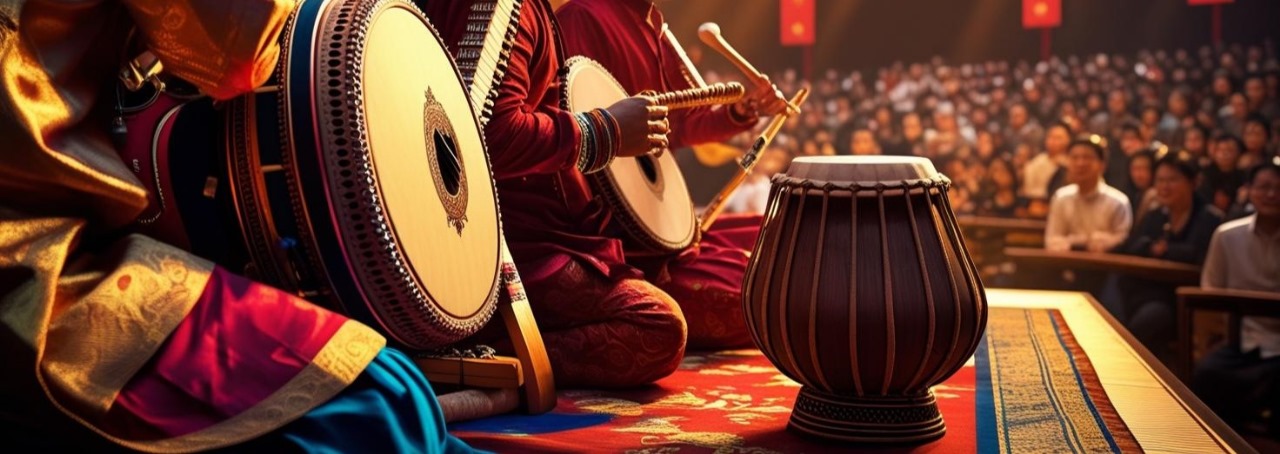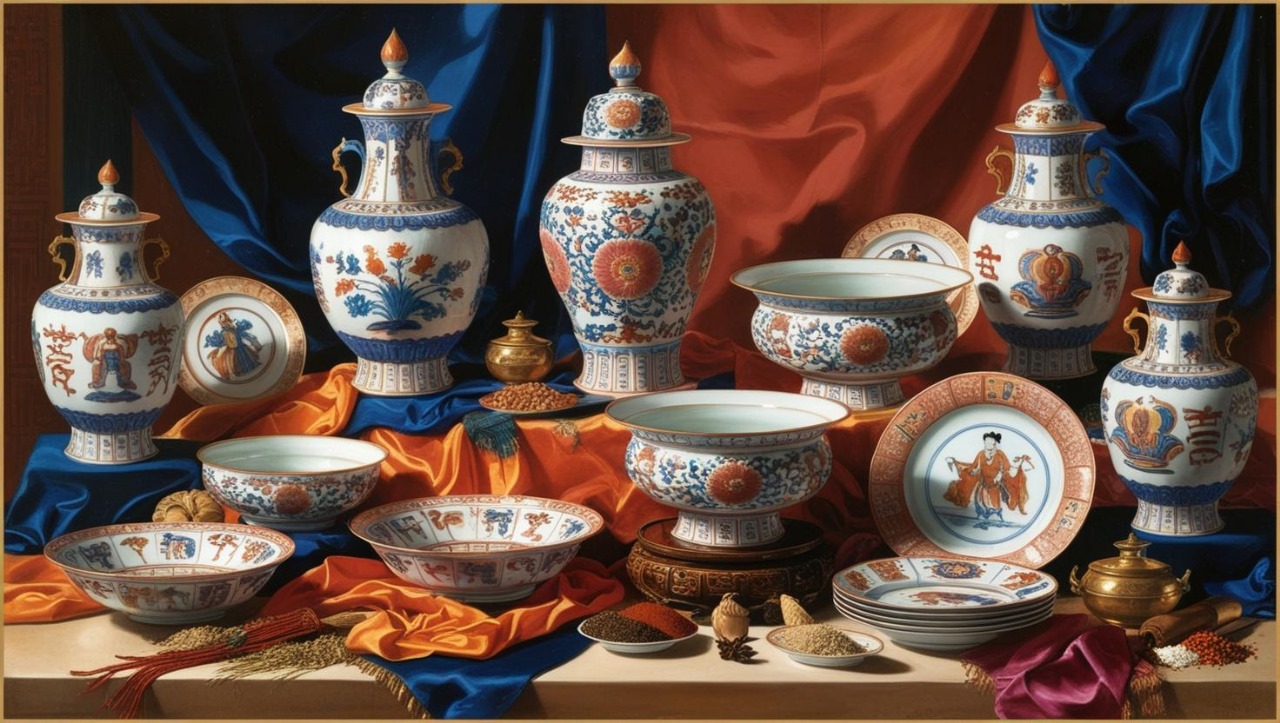In a world where diplomatic ties between India and China are the dominant mode of communication, it is important to juxtapose diplomacy with communication driven by music and art. Music and art as modes of cross-cultural communication exert a transformative effect on people-to-people ties, cultural understanding and public awareness of the scale and depth of the India-China relationship. One such platform shaping cultural interaction across the Himalayas is the Chaiti Music Festival. In the past 10 years, largely under the radar, the Chaiti Arts Foundation has built bridges between Indian and the Chinese audiences, one raga at a time. Various other smaller music-focused cultural engagements in China have also contributed to people-to-people interactions.

Chaiti music is semi-classical Hindustani music that is focused on elements of love and devotion. The Chaiti Music Festival in China was launched in 2013 by co-founders, Madhumita Bhuyan, Ravi Shankar Bose, Soudamini Bose, and Siddharth Sinha, and started as a small performance space for young Indian musicians to perform solo concerts for the Indian community in Shanghai. Over the last decade, it has become a cultural movement spanning multiple Chinese cities with annual concerts, workshops, and partnering shows, singularly responsible for bringing Indian classical and folk music to China. The music and cultural organisation is supported by the Indian Embassy and Indian corporations like TCS, Essar, and Air India. Over time, Chaiti has become a respected cultural organization with a faithful audience among both Indians and the Chinese.
Chaiti shows and concerts are designed not only for entertainment but also to educate audiences. They are sometimes supported by explanations of musical themes, meaning of ragas, and the layout of classical songs. The Chinese audience is made aware of the Indian instruments such as the sarod, bansuri, tabla and tanpura – the first exposure to Indian music for many Chinese audiences. Such exposure plays an important role in enhancing cross-cultural understanding.
Reception and Reaction to Indian Music
The reception to music festivals like Chaiti has been positive and encouraging. Famous flutists Rupak Kulkarni and Rakesh Chaurasia, who played at Chaiti’s Vasant Music Festival in April 2025, were touched by the passion of Chinese audiences. Their live concert in Shanghai saw over 800 people attend the event, most of whom were Chinese. Founder Ravi Shankar Bose said of the event, “the festival works as an initiation of Indian classical music to the Chinese audience”. Besides the concert, artists of the Chaiti music festival hold workshops and collaborate with music schools across China, interacting with faculty, students and exponents of Chinese traditional music. Such cultural interactions bridge the gap between people and culture across the Himalayas, allowing mutual respect and admiration between the two communities.

In fact, the Chaiti music festival was initially intended for Indian audiences in China, but surprised by how positively Chinese audiences responded to Indian classical music, the organisers let it continue. “What has really astonished us has been the interest from Chinese in classical Indian music and dance. That’s when we realized the people here are really looking to understand Indian culture in all its traditional art forms, such as music.” Ravi Shankar Bose said in an interview. With Chinese audiences accounting for 80-90 percent of the audience at Chaiti events, the organisers have expanded to various cities like Beijing, Nanjing, Suzhou and Xiamen.
Organisers have also collaborated with Chinese musicians and artists. Rupak Kulkarni has stated that although Chinese and Indian musicians did not speak the same language, they were able to connect through the universal language of music and strengthen people-to-people ties. The rising popularity of Chiati music has also been accompanied by other engagements in the music space that bring Indian music closer to Chinese audiences. In 2019, the Indian Embassy and Bharatnatyam exponent Leela Samson launched a book in Chinese titled, “The Musical Culture of India”, written by Chinese musician and professor Chen Ziming. The book is the first account on music in India written in Chinese, which “can fill the void in the field”, said Chen. Music events like Chaiti are also held on University campuses in China. In Shenzhen University’s Yuehai campus, the China-India Classical Music Concert was held on the occasion of the 100th anniversary of Rabindranath Tagore's visit to China. Performances by both Indian and Chinese artists played a role in bringing the relationship between the two countries closer, according to one attendee. Other music-focused cultural engagements like the Saath Saath - Music Across Waters collaboration, involving India and Chinese musicians, have also positively influenced cultural interactions.
This cultural bridge of music faced a serious challenge during the COVID-19 pandemic. Live international performances could not take place for almost four years, impacting the reach and continuity of musical events. Although it is now easier to organise international events in the post-COVID era, organising remains a logistical problem. However, Chaiti has persevered and its recent concerts have seen packed venues. The festival has become a major event for the Indian diaspora in China and for Chinese audiences that want to see something culturally unique.
This cultural significance of Chaiti and other India music engagements in China make them more than a music festival; they are instruments of soft power, cultural diplomacy, and cultural exchange between artists and people of both countries. Chaiti brings a piece of Indian culture to Chinese audiences, presenting artistic traditions and opening new avenues for cultural collaboration.
Looking forward, Chaiti hopes to increase its footprint and involvement with Chinese artists. The foundation is experimenting with new formats (virtual performances, hybrid workshops, digital collaborations) in order to make it available to wider audiences. In a time of geopolitical tensions, and even more cautious diplomacy, Chaiti presents a different picture at the sub-state level, where people-to-people ties are forged by the common appreciation for art and music.



.jpg)

